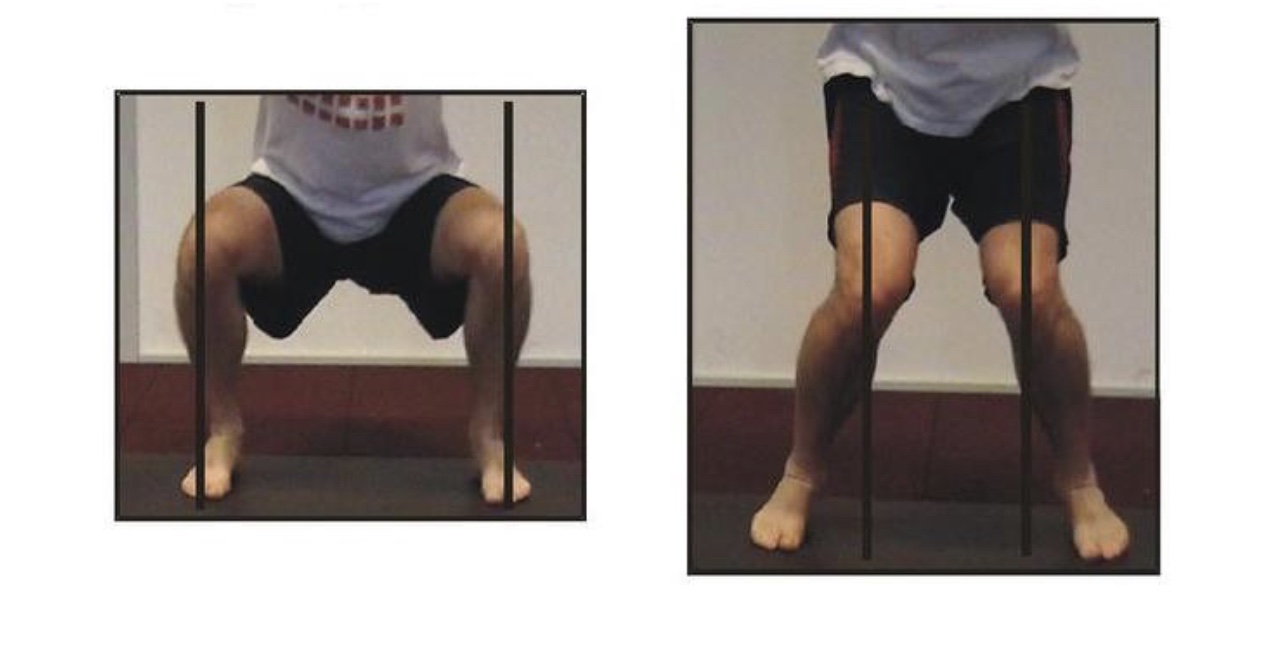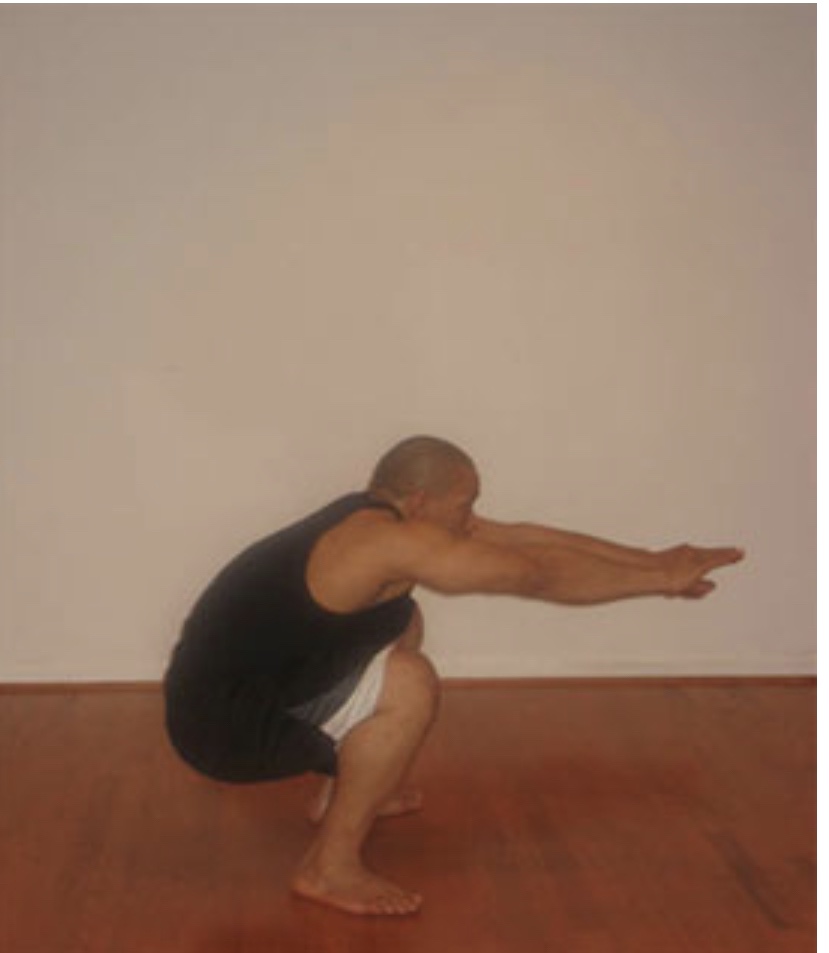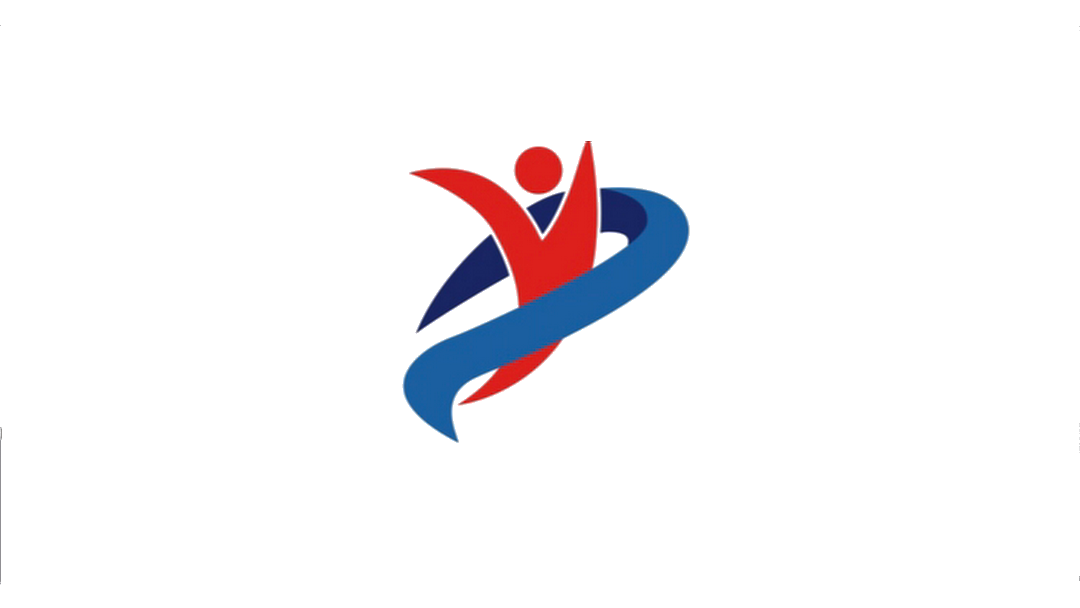After injury one of the biggest concerns everyone has is going back to your routine without “messing it up” again. Most of the time, even though you may physically be ready, the fear stops you from fully trusting your inured side. Therefore, unconsciously you continue to guard your injured body part and compensate.
If you are a getting ready to return to your gym work out or a sport that you play, full recovery, full confidence and full return can be obtained by detecting all the elements that initially contributed to your pain. By removing all destructive elements from your environment, you can minimize your odds of being re-injured and rolling back to your doctors office after couple of months, again!
Lets discuss what strength and conditioning principles are for a returning athlete to optimal performance and prevent re-injury.
Are you recovering from knee pain?
If you are suffering from chronic injury like tendonitis, post surgical recovery or simply rehabbing after a sprain/tear in your knee, basics of injury prevention starts with correcting your squat. Many people squat improperly due to lack of mobility in their ankles, tightness in their low back or weakness in their hips.
Lets take a look at your squat form the front view. Any lack of ankle mobility due to calf tightness or weakness in your hips will cause your knees to move inward. Since this movement is not arthorokinematically ideal, your will end up with meniscus tear or tendonitis. Ensure your weight bearing equally on each leg and your are not favoring one side by weight shifting.

Three criteria to assess from the side view are excessive rounding of your back, tilting in your pelvis and lifting of your ankles to get on your toes. Ensure you stretch your back, hamstrings and calves to improve your alignment.
If you are recovering from meniscus injury or surgery, avoid deeper knee bends to protect your knee from higher shear forces until your are symptom free.

Master getting down to the parallel before you try a deep squat. Remember it is not the quantity but the quality that counts. Form is everything!
Are you recovering for shoulder pain?
When it comes to protecting your shoulders from re-injury, keeping your upper back stronger than your chest by following 2:1 back :chest strengthening principle is the key! Lets look at how your positioned to be for 3 common shoulder exercises
Bench press ideal position is narrow hand spacing with your shoulder are in less than 45 degrees of abduction and less than 15 degrees of extension, and bar touch point is right above tip of your sternum.

If you are experiencing biceps tendonitis, use pronated grip, if you are diagnosed with impingement or rotator cuff tear use supinated grip and minimize extension
if your diagnosis is anterior instability, avoid shoulder extension, avoid incline bench while you can alternate between flat and decline press. Since you need to avoid shoulder extension, you can use board press or floor press in neutral position with free weights. Narrow grip is ideal for you!
if your diagnosis is posterior instability, avoid decline press, flat and incline press is okay. Use wide grip and avoid narrow grip.
Shoulder press Ensure the bar is in front of you not behind your neck. To avoid impingement in the shoulder perform scapular plane.
Lat pull down – Ensure the handles are in front of you not behind your neck, not behind the neck, stay within 30 degrees of back extension.
images retrieved from:
http://wg-fit.com/wp/blog/tag/why-do-knees-get-injured/
http://www.dc-athlete.com/art/docs/bodyweight.html
http://www.nhomag.com/02_v4_n1_6.asp
